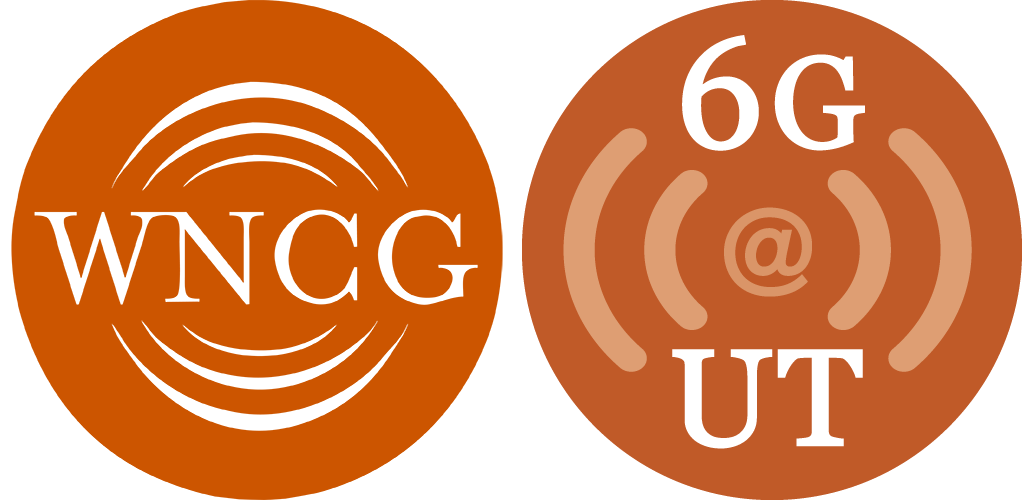In the current work we deal with the problem of base station cooperation in the downlink of infinite wireless cellular networks. The positions of base stations are modeled by a Poisson point process. Each base station can choose to cooperate or not with exactly one of its Delaunay neighbours in order to provide service to a user located within its cell. The cooperation protocol uses a variation of the so-called Willems' encoder and a fixed total transmission power per user is considered. We analytically derive closed form expressions for the coverage probability and we determine the optimal cooperation zones in the network. Numerical evaluation shows benefits in coverage, compared to the common cellular architecture. These however are not very high due to the deterioration in SINR caused by increased outer-cell total interference.
How much do we benefit from cooperation between pairs of neighboring base stations?
Event Status
Scheduled
Event Details
Date and Time
Nov. 8, 2012, All Day

